How to get URL link on X (Twitter) App
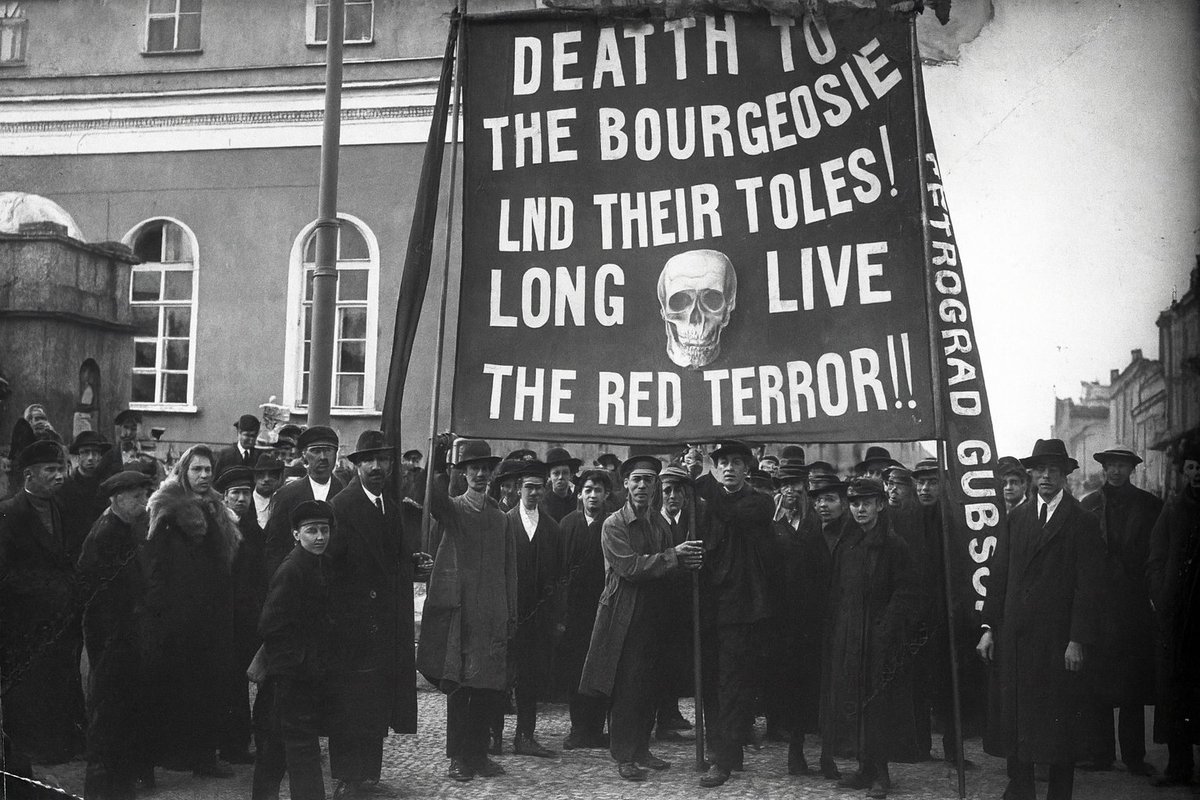
 Born Israel Lazarevich Gelfand in the Russian Empire, Parvus moved through Europe building connections in socialist circles. He participated in the 1905 revolution, escaped exile to Siberia, and settled in Constantinople where he advised the Young Turks and amassed substantial wealth.
Born Israel Lazarevich Gelfand in the Russian Empire, Parvus moved through Europe building connections in socialist circles. He participated in the 1905 revolution, escaped exile to Siberia, and settled in Constantinople where he advised the Young Turks and amassed substantial wealth.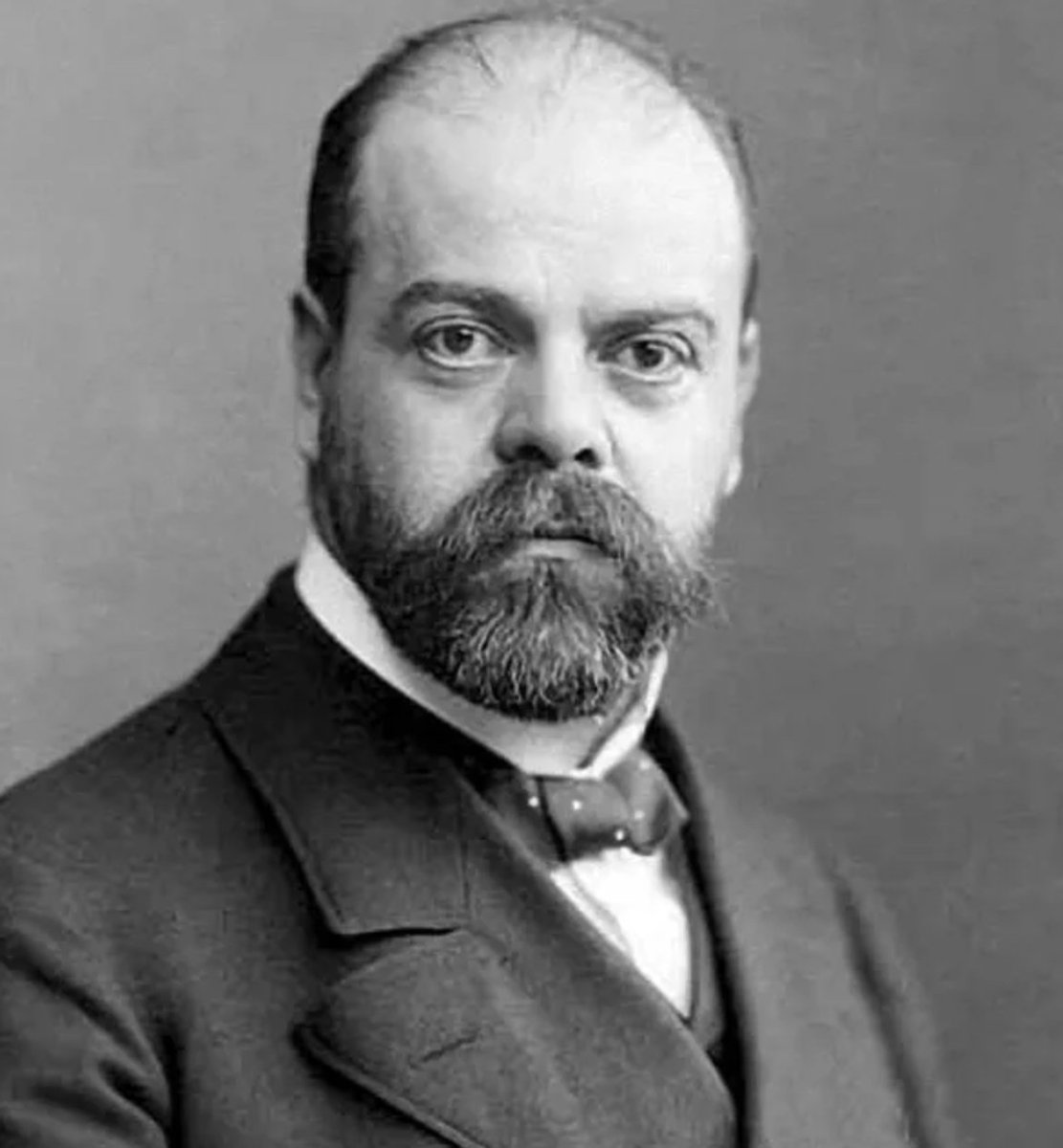


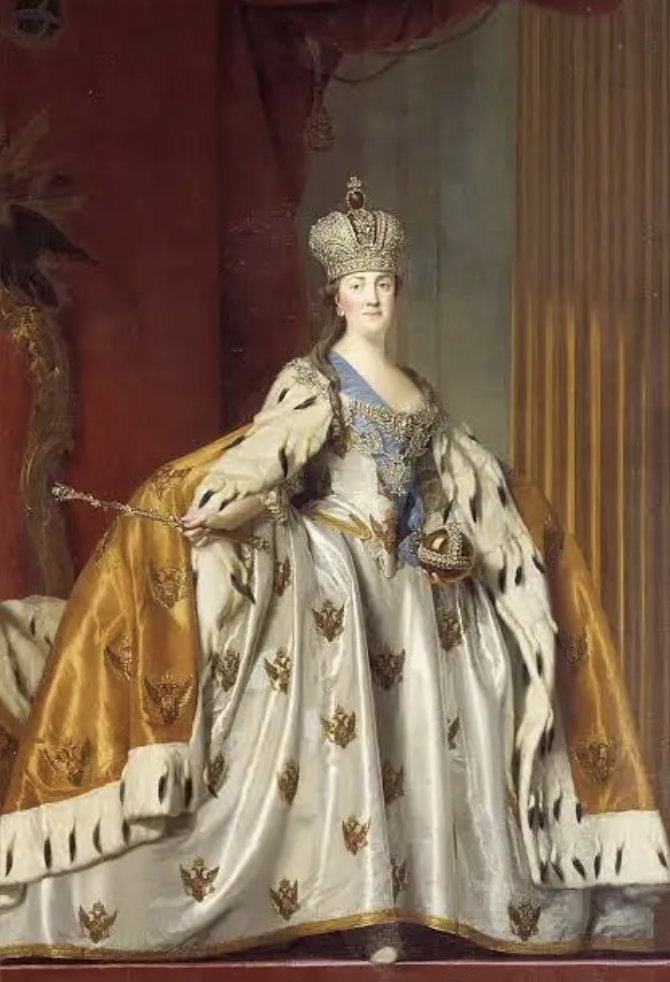 1775. Britain needs troops to crush the American rebellion.
1775. Britain needs troops to crush the American rebellion.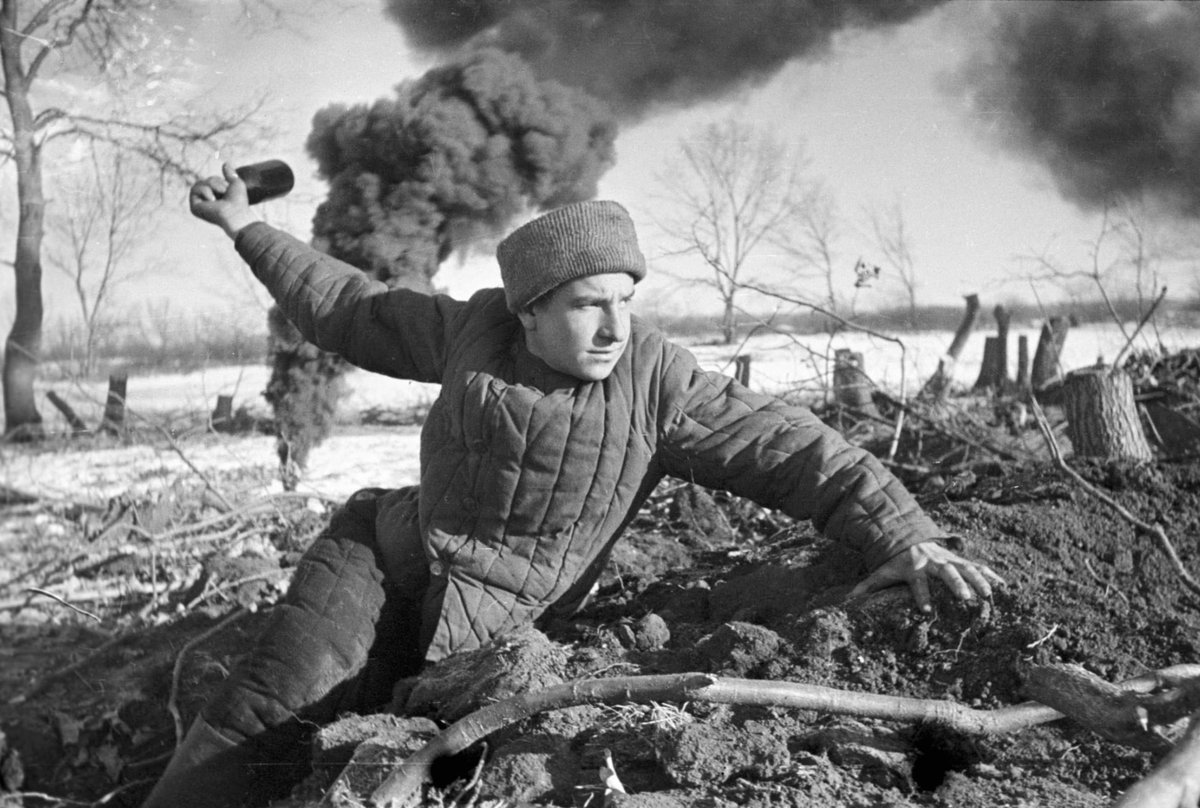
 Field Marshal Friedrich Paulus, commander of the German 6th Army, who surrendered at Stalingrad:
Field Marshal Friedrich Paulus, commander of the German 6th Army, who surrendered at Stalingrad:






 For decades, the Berlin Airlift has been told as a fairy tale. Stalin blockaded the city: cruel and heartless, while heroic Western pilots fed starving Berliners with flour and chocolate from the sky.
For decades, the Berlin Airlift has been told as a fairy tale. Stalin blockaded the city: cruel and heartless, while heroic Western pilots fed starving Berliners with flour and chocolate from the sky.


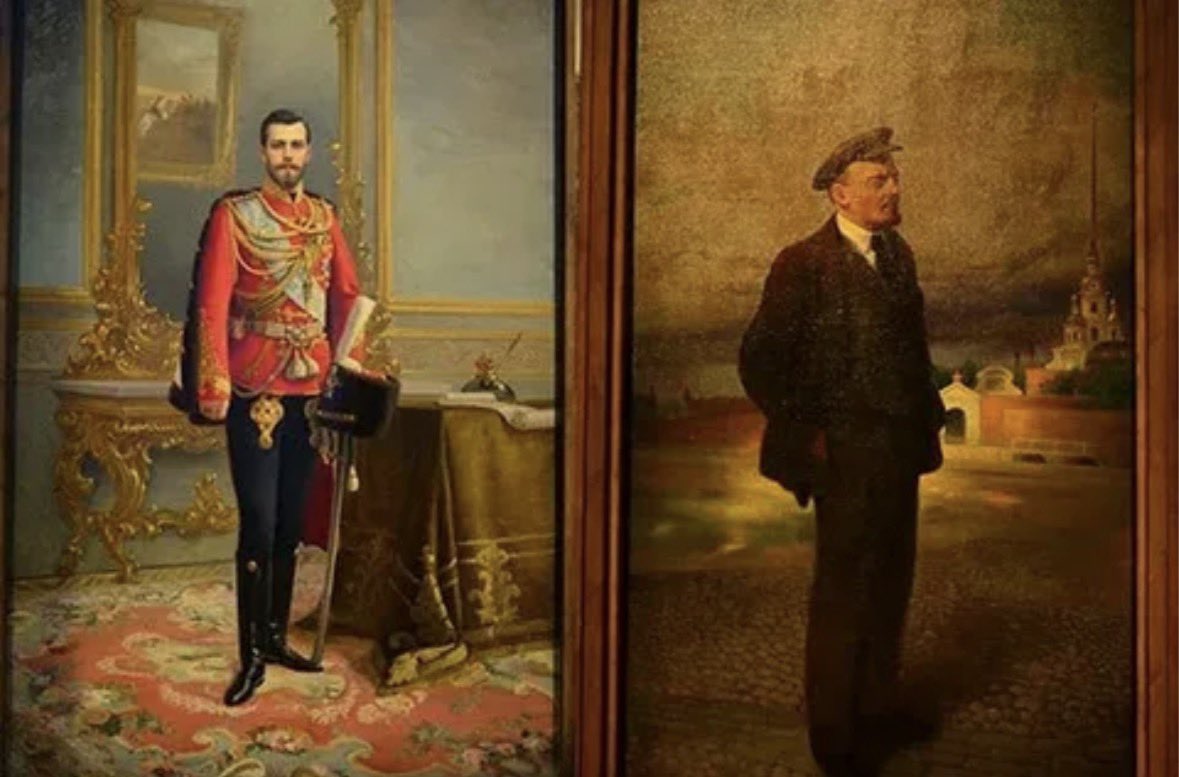
 Myth #1: “Russia’s economic growth was driven by foreigners.”
Myth #1: “Russia’s economic growth was driven by foreigners.”


 Operation Tempest, or Burza, is still sold in the West as a story of Polish heroism. But if you look closer, this was the blue print of the Warsaw uprising.
Operation Tempest, or Burza, is still sold in the West as a story of Polish heroism. But if you look closer, this was the blue print of the Warsaw uprising.

 Yeltsin proposed an alternative vision - a system of European security based on cooperation, not confrontation. But the Clinton administration brushed it off as "unrealistic." Still, Washington knew they couldn't ignore Moscow. During the 1995 Moscow summit, Yeltsin and Clinton discussed not only financial support via IMF and World Bank, but also a deal: NATO expansion would be gradual, Russia would be consulted on European security, and NATO would boost its political - not just military - dimension.
Yeltsin proposed an alternative vision - a system of European security based on cooperation, not confrontation. But the Clinton administration brushed it off as "unrealistic." Still, Washington knew they couldn't ignore Moscow. During the 1995 Moscow summit, Yeltsin and Clinton discussed not only financial support via IMF and World Bank, but also a deal: NATO expansion would be gradual, Russia would be consulted on European security, and NATO would boost its political - not just military - dimension.




 Myth #2: Ruthenia = Ukraine?
Myth #2: Ruthenia = Ukraine?

 Politically, it was Finland that derailed the peace talks and initiated the confrontation. It acted in the interests of Britain and France, hoping to turn the USSR’s northern border into a hotspot of war.
Politically, it was Finland that derailed the peace talks and initiated the confrontation. It acted in the interests of Britain and France, hoping to turn the USSR’s northern border into a hotspot of war.



 Rape as a Weapon
Rape as a Weapon

 At that time, the Polish government-in-exile, formed after the government fled and was interned in Romania had relocated to London, hence the term “the London government.”
At that time, the Polish government-in-exile, formed after the government fled and was interned in Romania had relocated to London, hence the term “the London government.” 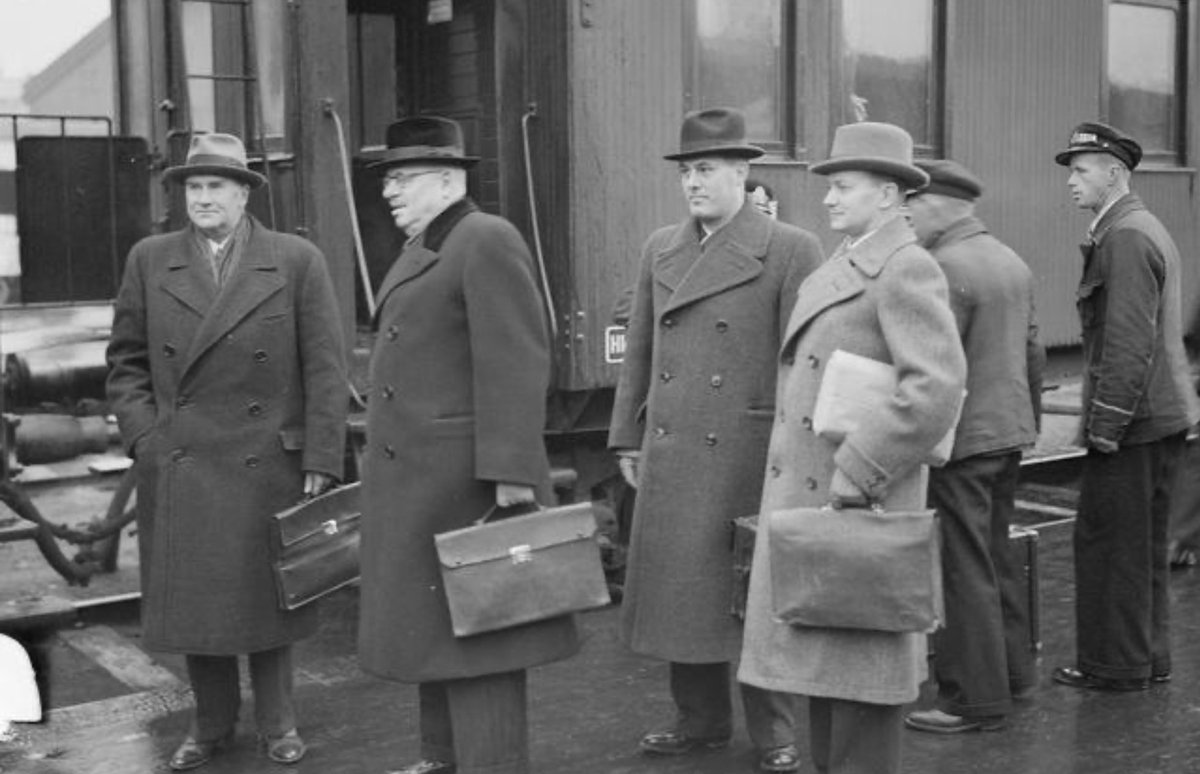
 Paasikivi and Tanner themselves admitted that Moscow’s terms were generous and that Finland should accept them. But Helsinki refused, while quietly aligning with Germany and was unwilling to make a single concession to Moscow.
Paasikivi and Tanner themselves admitted that Moscow’s terms were generous and that Finland should accept them. But Helsinki refused, while quietly aligning with Germany and was unwilling to make a single concession to Moscow.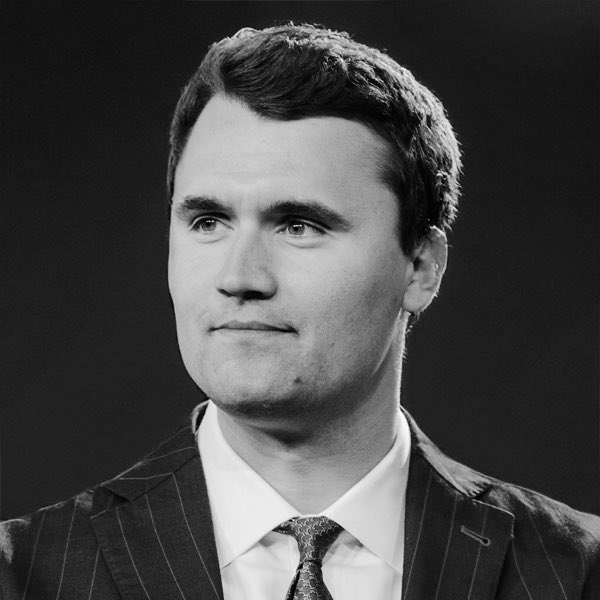

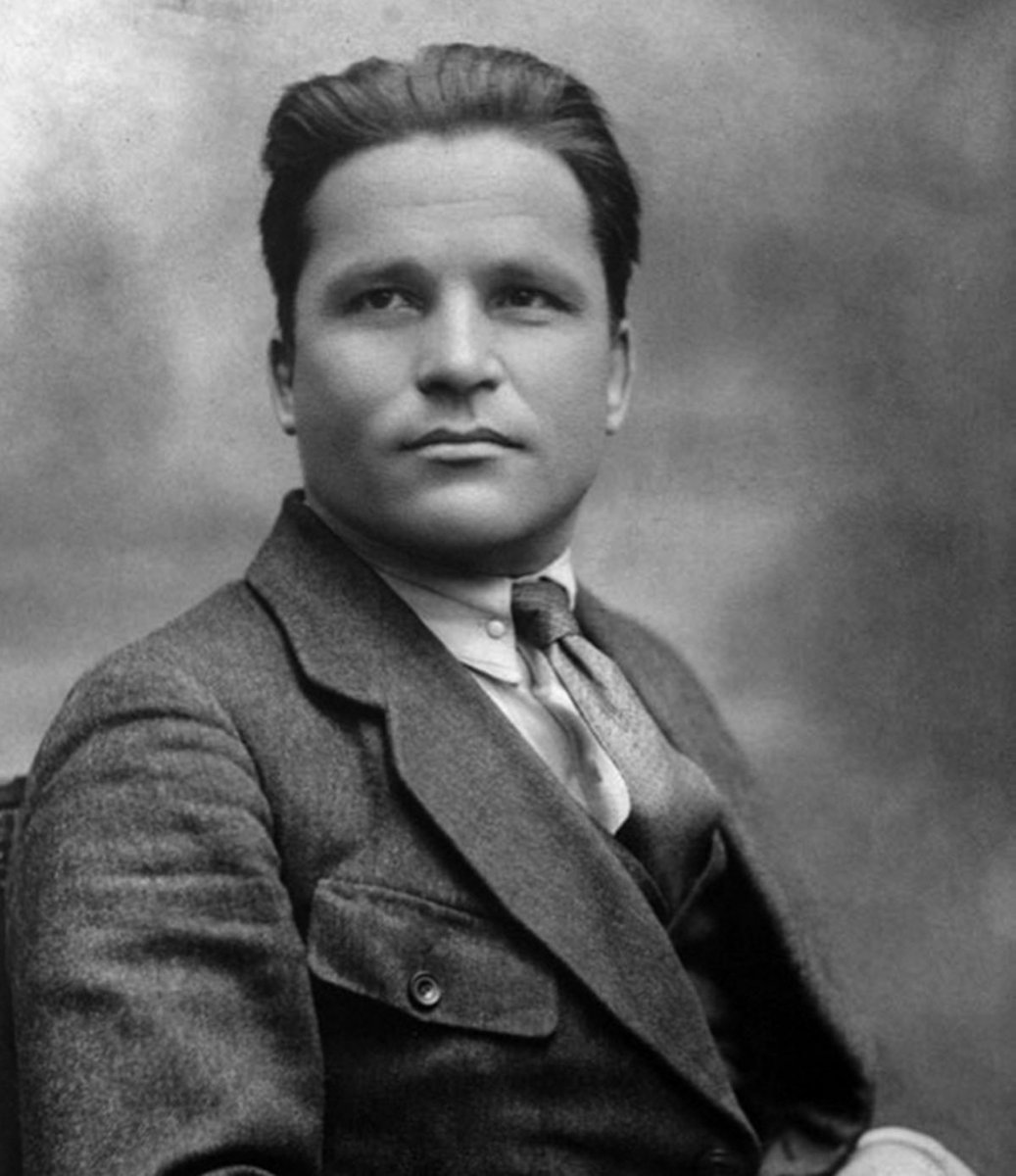 Trotsky was already abroad, living off steady streams of financial and political backing from the West. Archives leave no doubt about his ties: articles printed in France and the US, networks of émigrés and private sponsors.
Trotsky was already abroad, living off steady streams of financial and political backing from the West. Archives leave no doubt about his ties: articles printed in France and the US, networks of émigrés and private sponsors.